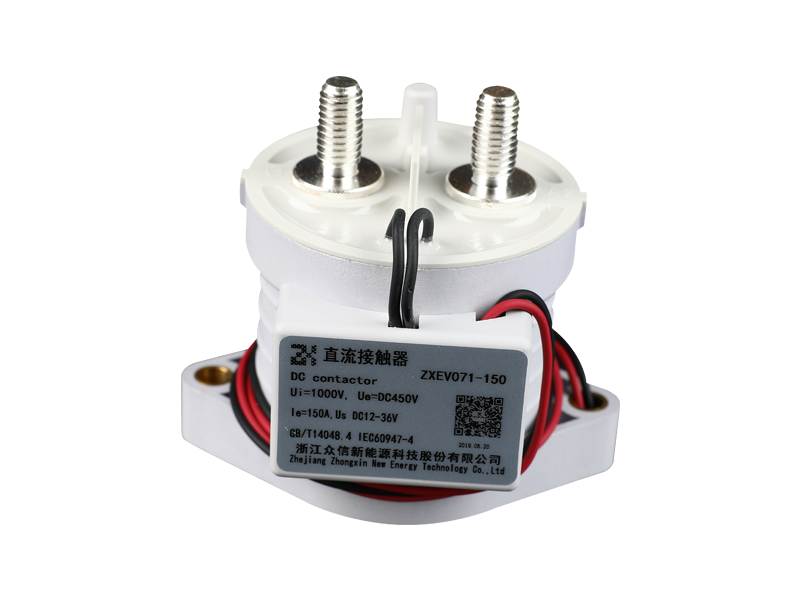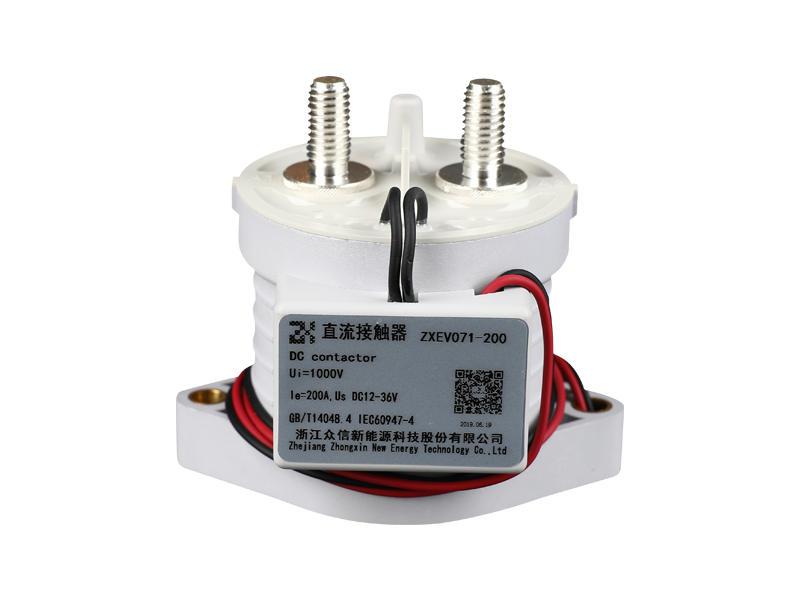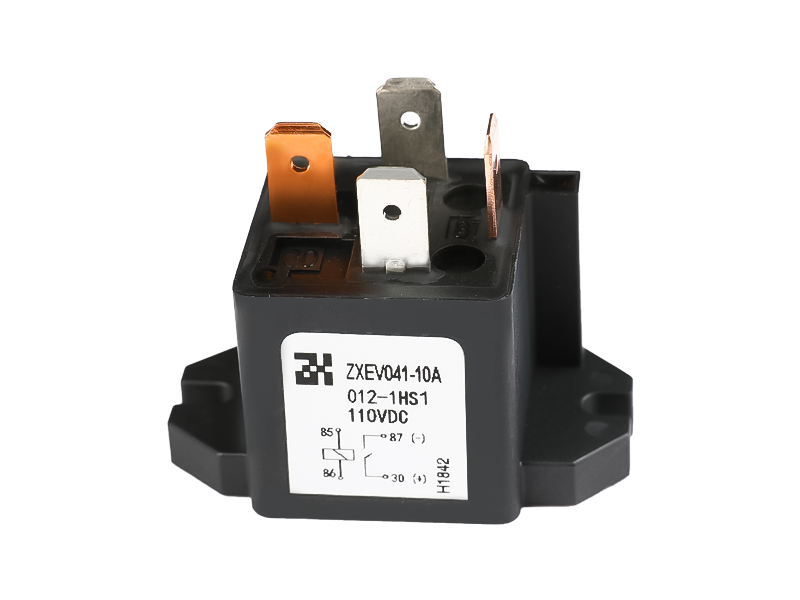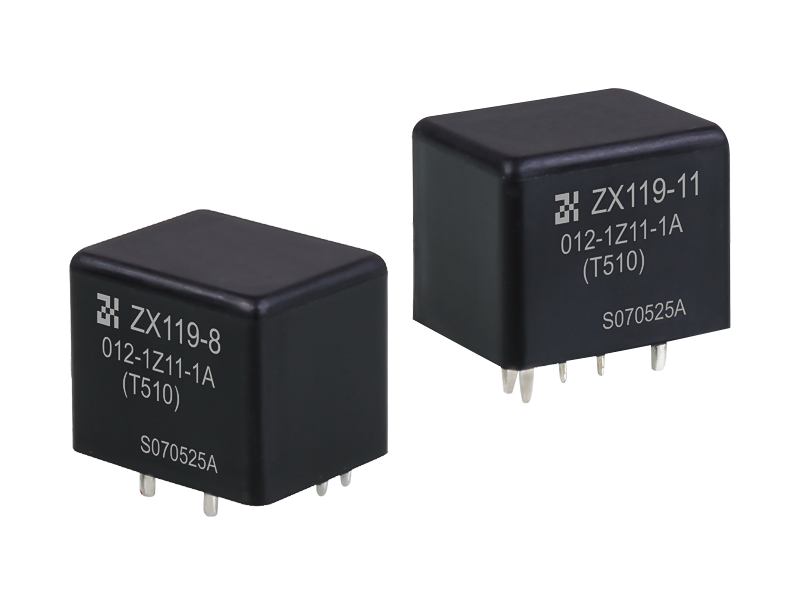The production and sales of new energy vehicles in my country have ranked first in the world for eight consecutive years. How to maintain its rapid development advantages and continue to grow the industry? At the National Two Sessions, a number of representatives from the automotive industry brought suggestions and proposals on the development of the new energy automotive industry.
"The development of new energy vehicles is the only way for my country to move from a big automobile country to a powerful automobile country." Zhu Huarong, deputy to the National People's Congress, party secretary and chairman of Changan Automobile, introduced that the sales volume of China's new energy vehicle market will reach 6.887 million in 2022, a year-on-year increase of 93.4%. It is particularly worth noting that the market share of Chinese brand new energy passenger vehicles has reached 80%, a record high, driving the overall market share of Chinese brands to 50%.
"Relying on the strong domestic demand market and the support of a complete supply chain and industrial chain, China's new energy vehicles have developed rapidly, forming new competitive advantages in the field globally." Zhang Xinghai, member of the National Committee of the Chinese People's Political Consultative Conference, vice chairman of the All-China Federation of Industry and Commerce, and chairman of Sailisi Group It is said that in 2022, China will export 3.11 million automobiles, making it the second largest automobile exporter in the world. Among them, 680,000 new energy vehicles were exported.
In January this year, Changan Automobile's self-owned brand new energy vehicles sold 28,000 units, a year-on-year increase of 106%. Although the sales of Changan new energy vehicles ushered in a "good start", Zhu Huarong has a deeper thinking about the overall development of new energy vehicles in my country.
"The current market structure of new energy vehicles is still not reasonable enough, the supply of high-quality products in the mass mainstream market is insufficient, coupled with factors such as policy retreat and high battery costs, it is expected that new energy vehicles will bid farewell to the era of high growth and enter a cycle of stable growth." Zhu Huarong said frankly. There are still four levels of problems in the development of new energy vehicles.
For users, the layout of charging and swapping infrastructure is not balanced, and there is still energy replenishment anxiety; for enterprises, the inconsistent standards of battery cells lead to repeated investment, intensified competition, and factors such as lack of cores and expensive batteries, new energy car companies Sustained losses have yet to find a sustainable profit model; for the industry, factors such as unreasonable market structure have weakened the growth momentum of the industry; for industrial safety, key raw materials are highly dependent on imports, and the localization of products such as automotive-grade chips needs to be broken.
In this regard, Zhu Huarong suggested to speed up the construction of charging and swapping infrastructure, accelerate the construction of a multi-level energy supplement network integrating slow charging, (ultra) fast charging and battery swapping, and moderately increase support for ultra-fast charging and swapping. ; promote the standardization of power batteries, and strengthen the next-generation power batteries, chips and other technological breakthroughs; policy focus on the mid-end market and continue to make efforts to promote the continuous optimization of my country's new energy vehicle market structure; in terms of key materials, synchronize internally and externally, and accelerate the promotion of minerals such as lithium resources Resource development layout, so as to ensure the healthy and coordinated development of new energy vehicles.
"my country's independent new energy vehicles must not only develop domestically, but also need to 'go out' to form new competitive advantages in the global field." Zhang Xinghai believes.
However, Chinese brands "going overseas" are still facing difficulties such as promulgating trade protection laws in European and American countries and building high patent barriers; complicated technical regulations and safety requirements for export certification; limited transport capacity of land and sea channels, and rising freight rates.
"I hope that the relevant departments will give policy and technical guidance to help car companies explore overseas markets." Zhang Xinghai suggested that car companies should provide convenience in terms of technical exchanges and overseas exhibitions, help solve "difficulties in certification", and help car companies familiarize themselves with overseas car market regulations. At the same time, coordinate and solve outstanding problems such as high export transportation costs and insufficient transportation capacity, and help China's new energy vehicles to better "go global" and participate in global automobile competition.








